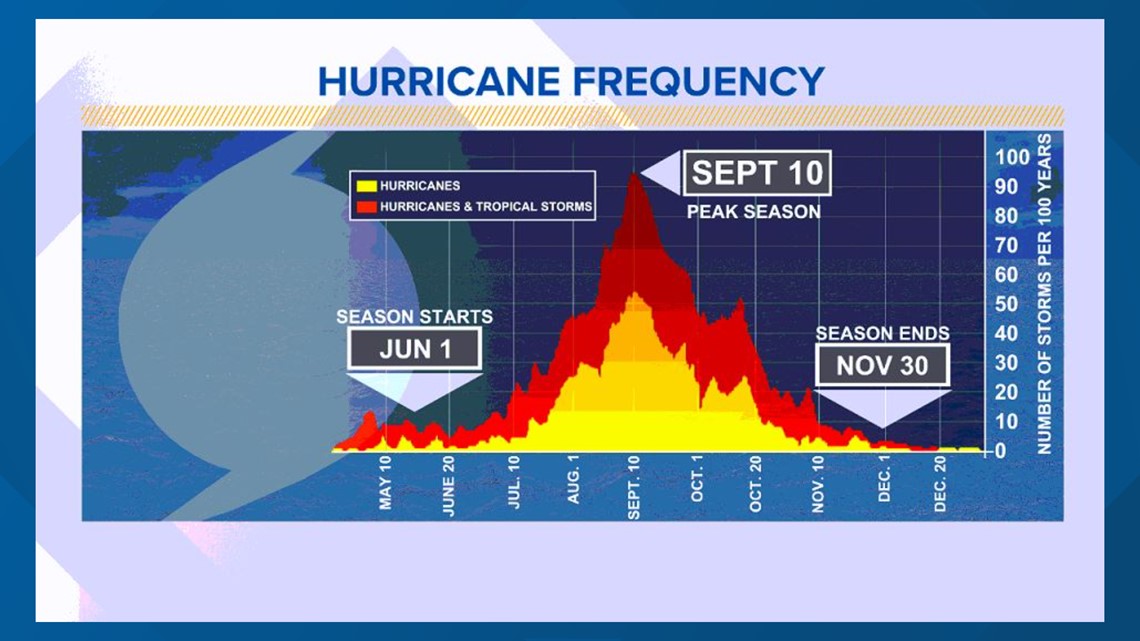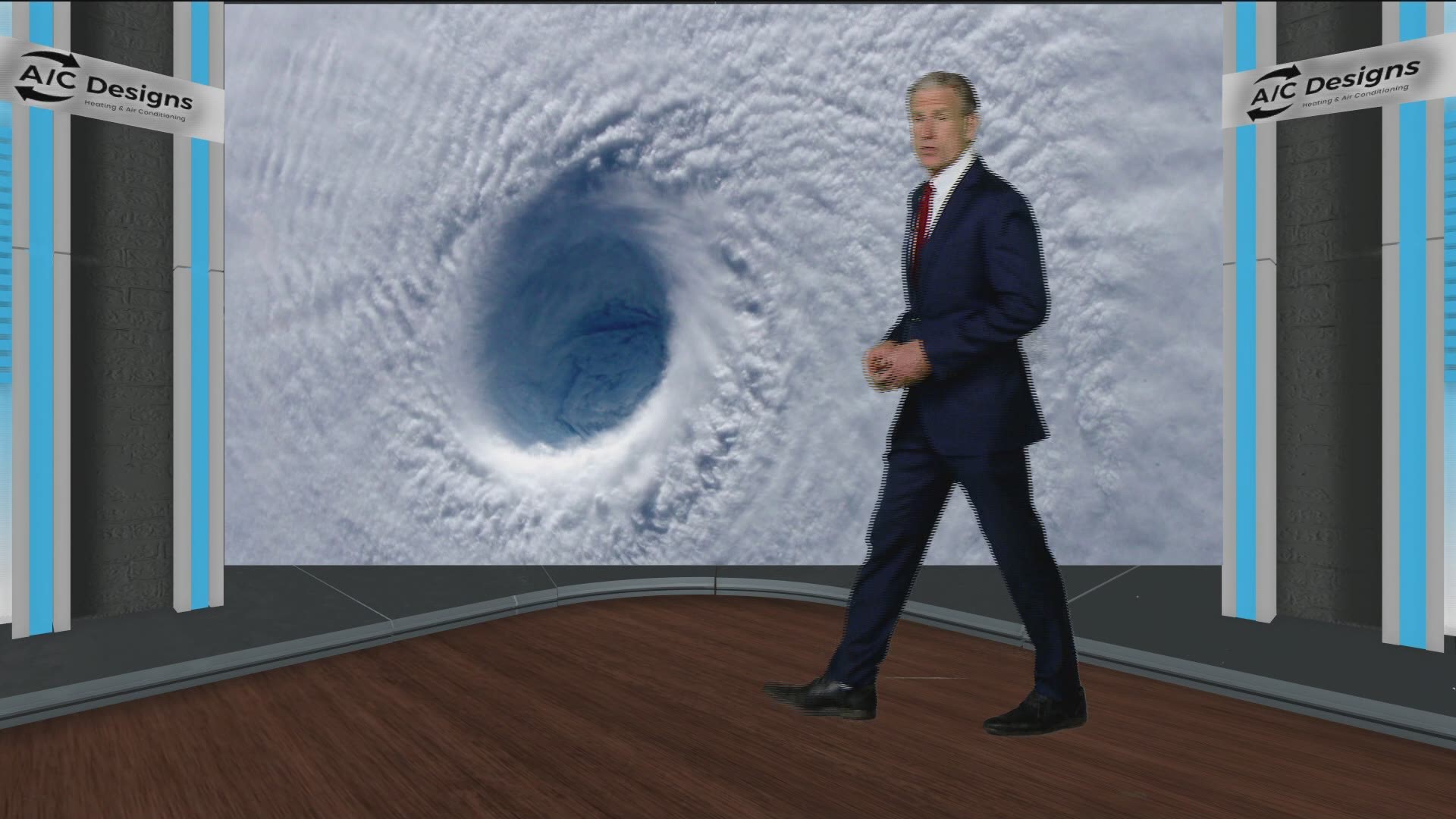JACKSONVILLE, Fla. — There's no magic in the 6 months defined as the Atlantic hurricane season. Think of June 1 to November 30 as more of a rough outline for when we can expect the majority of storms to form.
In fact, according to NOAA's Hurricane Research Division, 97-percent of all Atlantic tropical storms and hurricanes occur within the "official" season. Therefore, 3-percent of storms occasionally break the rules.
There is no switch that flips on come June 1. There is no switch that flips off come November 30.
Storms will develop whenever, and wherever, they can if conditions are ripe. So, be prepared to see more eye rolling pointed at the year 2020 if, and when, we see a storm pop up after the season has "officially" ended.


December storms, for instance, aren't all that rare. They aren't all that common either though. Since 1975, there have been 5 names systems across the Atlantic basin in the month of December: Lili (1984), Odette (2003), Peter (2003), Zeta (2005), and Olga (2007).
This would average out to about 1 December storm every 9 years. The number is even higher if you look at the unnamed storms and tropical depressions for December.
Of course, the question that comes next is, "Why do we see storms pop up after the defined season ends?" The answer goes back to the fact that there's nothing magical about June 1 to November 30.
After season storms usually come from non-tropical sources. We often see a cold front or upper-level low move off into the Atlantic this time of year. Sometimes the energy from those sits over warmer-than-normal waters for a few days with a blocking pattern... and BOOM. You have yourself a subtropical or tropical storm that has developed from a cold core system.

